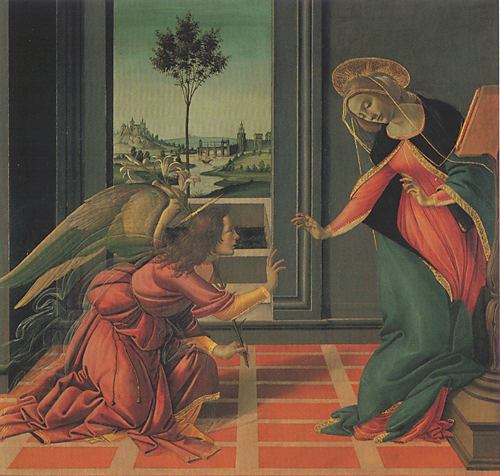To speak, in contemporary society, of art and beauty in the same sentence, much less as realities integrally involved with one another, is to risk being laughed at. Perhaps Hans-Georg Gadamer was the first to theorize systematically how we must understand the aesthetic as a category of being or a mode of analysis independent of any talk of the beautiful, but his argument was founded on, and in redress of, the suspicion popular since the eighteenth century that beauty is a mere matter of subjective feeling or opinion; and so also were the fine arts believed to be, but they belonged to a different class of subjective phenomena. As such, chatter about beauty could be cast off as either manipulative rhetoric for the seduction of women or the expression of vain, vague, nostalgic longings for rustic landscapes, while talk of the aesthetic could remain serious—indeed, humorless—even as it grew impermeable to rational explanation and debate. We could trace a historical graph of the past couple of centuries showing that the falling fortunes of the idea of beauty bear an inverse relation to the ever more lofty or “professionalized” reputation of art and aesthetics: a yawning separation so great that the advent of cultural studies has made possible serious formal discussion, subsidized by extensive bureaucratic institutions, of some very unserious “art,” during which any reference to the standards or reality of beauty would be, at best, a cause of embarrassment and, at worst, occasion for an intricately formulated debunking of one more “bourgeois ideology.”
Read the whole good, thoughtful thing when you can find the time. It isn't a quick read. Links above.


